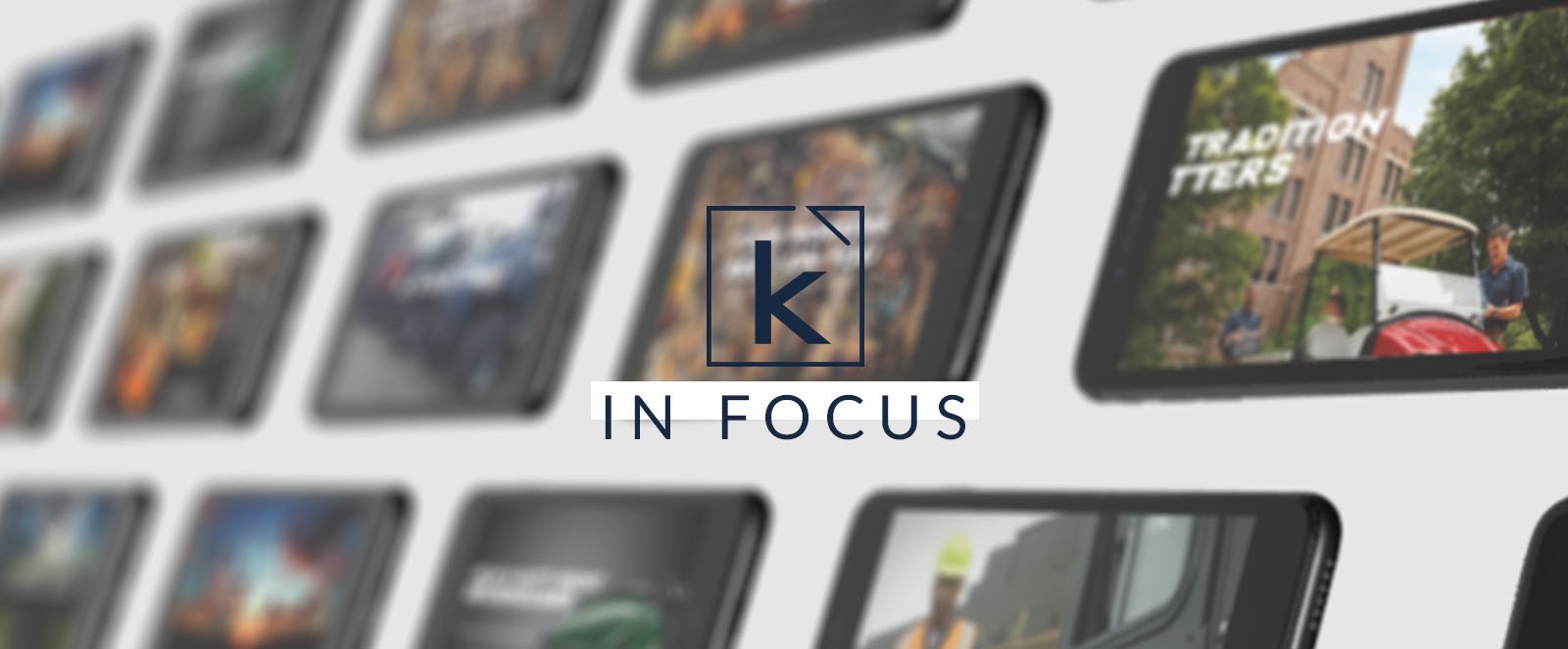
Maybe you own a business. Or you run marketing for your company. Could be you’re simply looking to find the best way to balance your efforts and get the message out. If it was a piece of cake, everyone would do it, right?
But unfortunately, it’s not that easy. The good news is that we’re here to help and make sense of marketing in a time when it seems like there are endless options, technologies, and tactics.
We’re launching a series of blogs that analyzes content marketing from the latest trends, delivers our insider tips, and demonstrates just how to launch a plan into action. What is content marketing, you may ask? It may be easier to explain what it is NOT.
Content marketing is not asset creation. It’s not developing marketing materials or posting on social media. However, content marketing does involve all of those things in order to support a broader, long-term marketing strategy that requires time, patience, and diligence to build a strong relationship with customers.
The Content Marketing Institute describes content marketing as “a strategic marketing approach focused on creating and distributing valuable, relevant, and consistent content to attract and retain a clearly defined audience.”
To start off, we’re going to break down three key components of content marketing: earned media, owned media, and paid media.
You’ve Gotta Earn It
The three aforementioned media types—earned, owned, and paid—are a commonly used marketing mix for brands. Most agencies will tell you this is what you should be doing, as each of the media types complements the other, but it’s helpful to understand just how they interact and impact your sales efforts.
Earned media is pretty much as it sounds: sharing, word of mouth, virality, etc. It’s positive buzz and free “advertising” that your company or brand receives based on customers’ perception of you. Think of things like Yelp reviews, recommendations that customers leave on Facebook or Amazon, or simply experiences shared on social media.
This is quite powerful for a brand, as people trust their friends, their peers, and their families—and positive reviews don’t cost you (the brand) any money.
Another arm of earned media is public relations. And while there is a paid element to PR, organic media placements in newspapers, magazines, and local websites are great ways to earn coverage without directly paying for it.
Take Ownership of Your Channels
Owned media is important to your marketing mix, as it’s what many customers will discover or seek out once they’ve gotten word about your brand (through earned media!). This can include channels such as your website, social media platforms, and any blogs on which you regularly share content.
Consistently updating and sharing relevant content on these channels is a critical component to your content marketing strategy. Blog posts (if your brand has a blog) should feature news, updates, product information, and something for your regular readers—to make them feel like an insider from time to time.
The goal is to develop content on your owned media channels that’s helpful and interesting. While owned media does support the sales funnel, it is difficult to guarantee results because so much of the traffic is organic—but done right, its backbone is a strong, long-term content marketing plan that feeds content to these channels throughout the year.
Pay to Power the Machine
Let’s face it: We live in the World of Algorithms.
Every major social media platform has made it increasingly difficult to get our messages out organically. Facebook, Instagram, Twitter, and LinkedIn all employ interest- and engagement-based algorithms to serve users a steady stream of calculated content based on individual behavior.
These major social platforms allow us to target users based on interests, demographics, and more—giving brands a greater opportunity to reach a qualified audience. A note about what kind of content to place on each platform: Facebook and Instagram are powerful tools for exposure, awareness, and advertising events, while LinkedIn is great for B2B marketers who want to reach potential customers.
In addition to paid social media advertising, brands can leverage opportunities like display ads and paid search (PPC, or pay-per-click). Display ads are an effective way to retarget users who have already engaged with you, be it on your website or through social media. And PPC helps your marketing efforts on the SEO level by capitalizing on keyword searches.
Are you missing one (or more) of these components from your marketing mix? Ready to see greater results from your content efforts? Get in touch with the Kreber team, and we’ll use the power of content marketing to achieve your goals.



